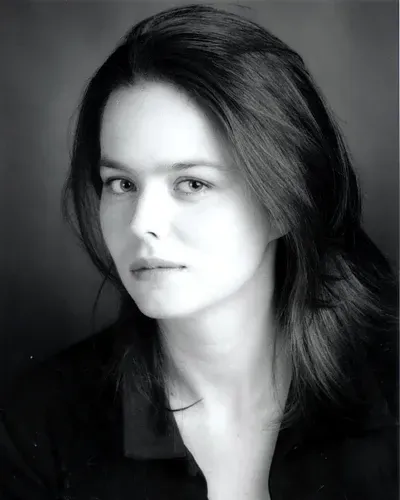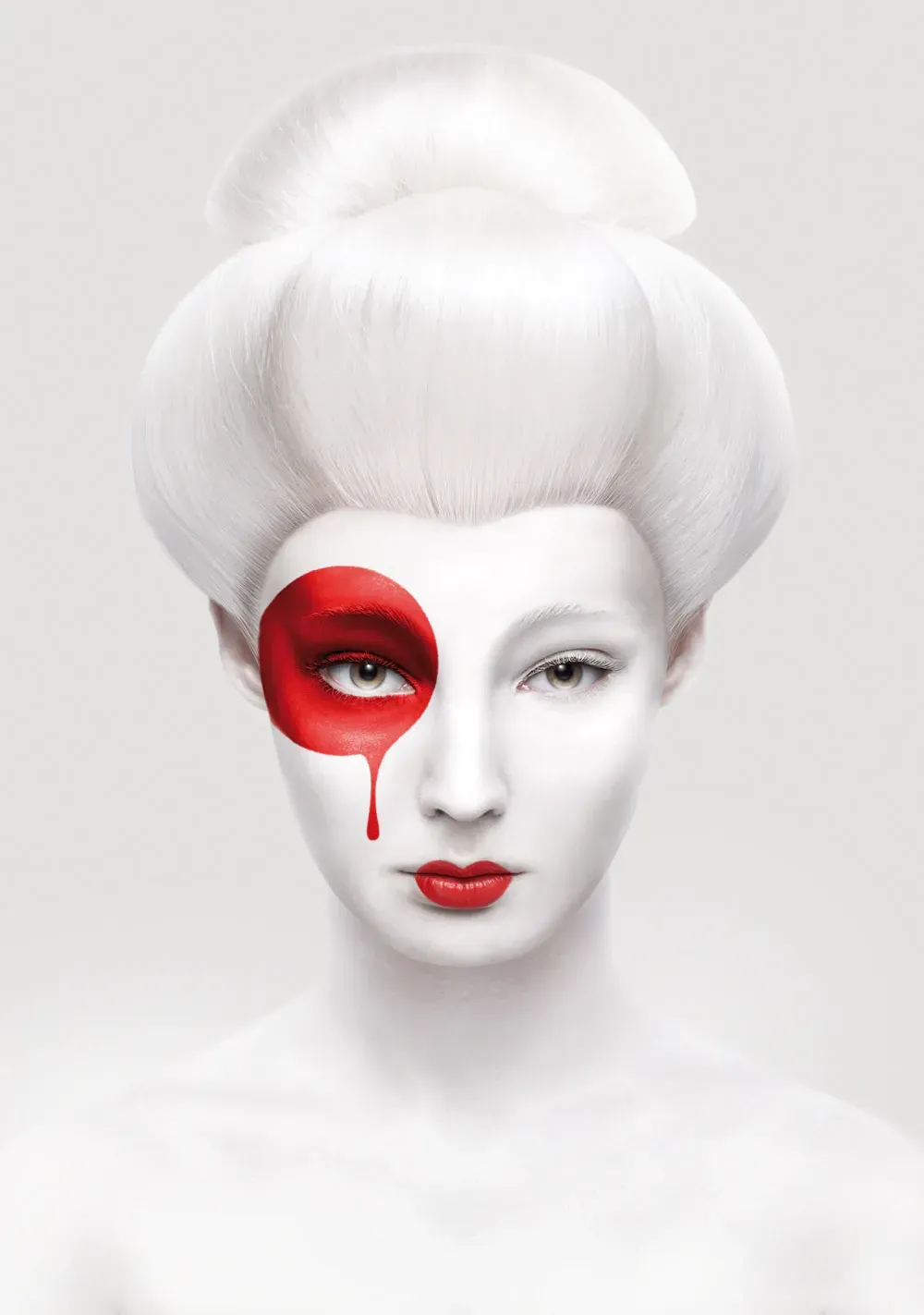Designing Madame Butterfly

NZ Opera’s Madame Butterfly opens soon, with Australian designer Christina Smith designing the set and costumes. She tells us about her work and how opera is "a wonderful gift for a designer".
* * *
Love and honour resonate with thunderous force in Puccini’s tender love story between a Japanese geisha and her naval officer as Japan opened up to the West and the 20th century.
Smith's designs portray the heart-rending transformation of Cio-Cio-San (Butterfly) from joyous geisha to trapped butterfly.
Fascinated by the Japanese aesthetic, Smith travelled to Japan to immerse herself in the world she wished to recreate on stage.
Renee Liang interviewed Christina.
What drew you to a career in theatrical design?
I always had an interest in art and costume, almost as long as I can remember. It all clicked into place though when I was 16… my school went on an excursion to Sydney to see The Tempest at Belvoir St Theatre. I managed to get a seat in the front row, and I was absolutely mesmerised by the opening sequence. John Bell entered as Prospero, and placed his staff into a rusted tub of water right in front me, and created the ‘storm’ with it.
I suddenly realised that the stage was a place for creating worlds, and that they could be as fantastical or simple as you wanted them to be.
What do you enjoy most about the job?
I enjoy the using both sides of the brain equally! Conceiving a design starts as a very artistic and emotional exercise – responding to a piece of music or text – but then fitting that concept into the very real constraints of budgets, touring and venues requires the addition of some very practical problem solving.
What skills do you need? Are you someone who likes to wield a paintbrush and drill?
I’m not very hands on… I used to be, back when I was doing smaller scale work. One of the joys of working with bigger companies though is that you have access to a wonderful array of artisans… scenic painters, costume cutters and set builders who can produce work far beyond what I could possibly do!
Designers tend to have a wide variety of skills, but I think the most important ones are to do with communication – you need to be able to, in whatever form it takes, communicate your ideas to the wide variety of people involved in the production.
What advice would you give to a young designer starting out?
See everything you can, trust your initial responses… and above all make work with your peers!
How is designing for opera different to say, designing for a play?
I think Opera is a wonderful gift for a designer. As the storytelling is completely interwoven with the music, the ‘world’ of the piece is already located in a heightened place. For me, this provokes an emotional response that is well suited to conceiving visual imagery.
How did your research trip to Japan influence your final design?
I travelled to Japan quite late in the process, and I was quite worried that I was too married to the original ideas to have the trip make any impact. Fortunately, my trip reinforced the ideas I already had, and built on them. While I was there I was really struck by the way in which every thing seemed so beautifully ‘framed’ and composed, no matter where you looked. I went in summer, and all the gardens seemed like gorgeously lush three dimensional paintings, with perfectly positioned elements.
I also spent a lot of time looking at vintage kimono, and bought several for my own personal research and understanding of the garment. I loved them so much that we are heading back to Tokyo to buy some for the production! The fabrics are so intricate and detailed, so we really wanted to go to an authentic source.
What are you working on next?
I’ve got another project with (director) Kate Cherry, a wonderful new American play called Other Desert Cities. I’m also designing a very exciting reworking of Mother Courage and Her Children with director Wesley Enoch, featuring an all indigenous cast. Both are worlds away from Butterfly!
